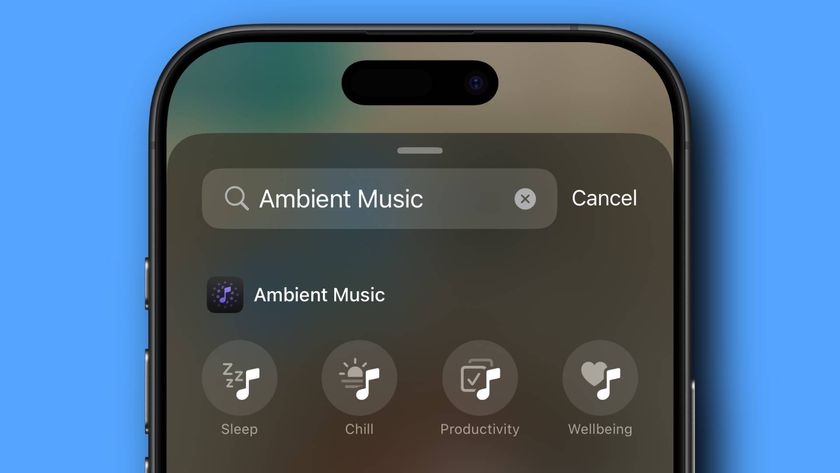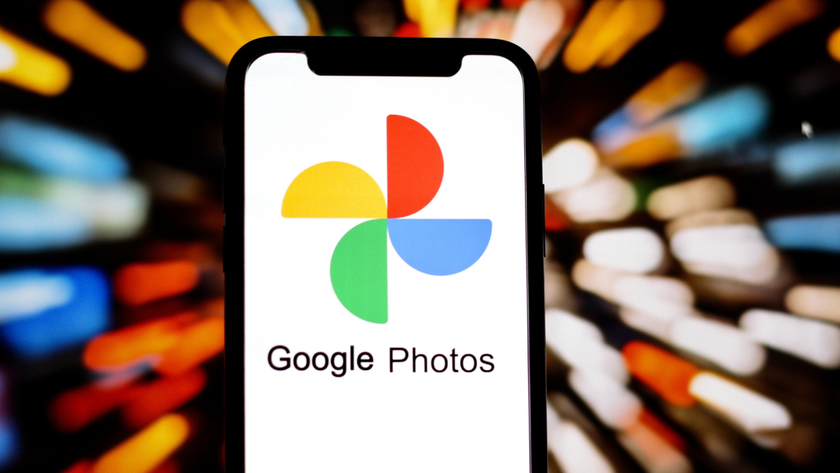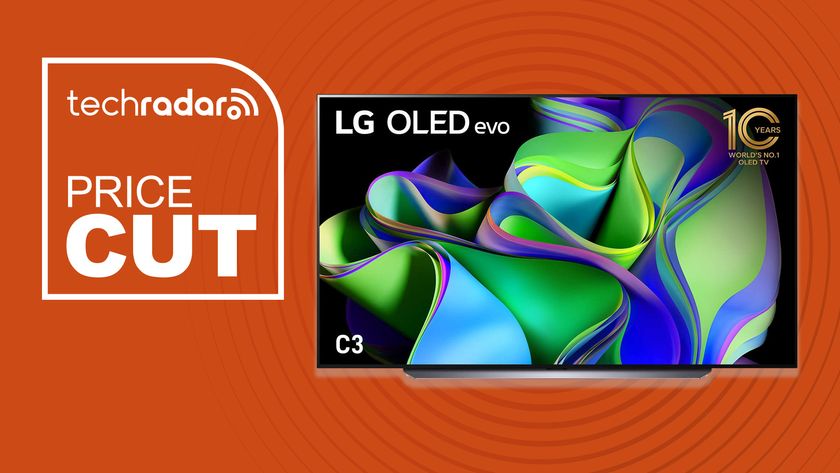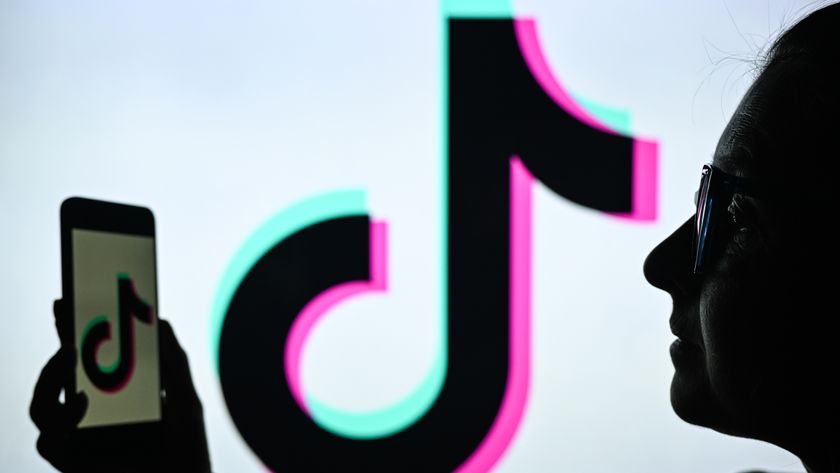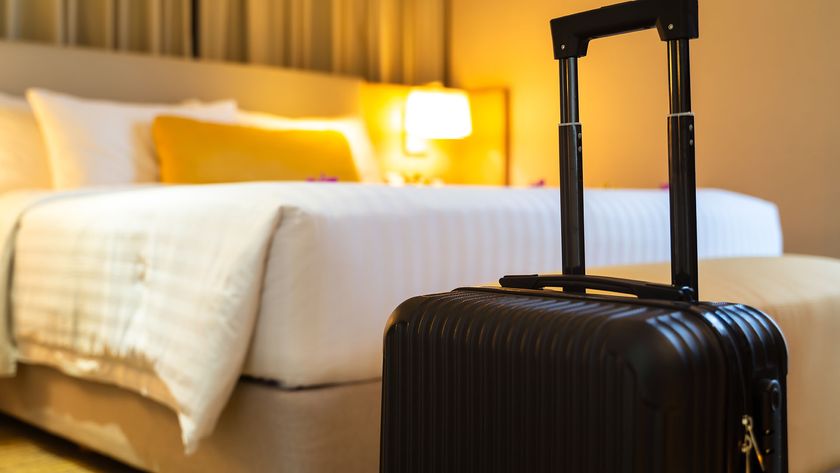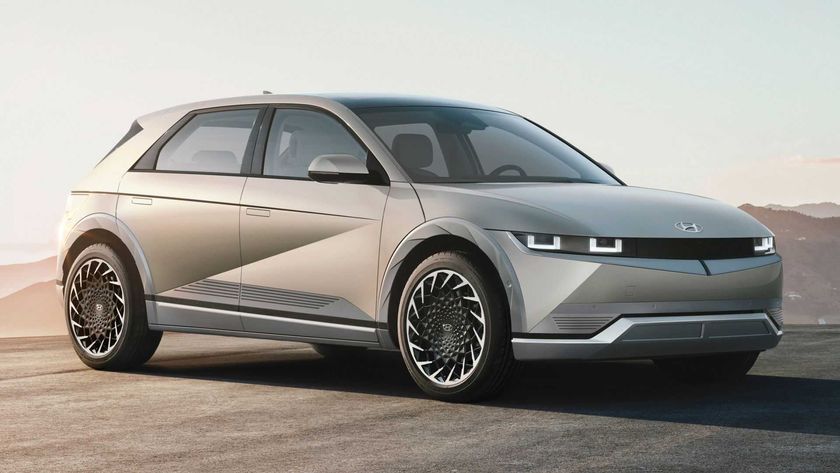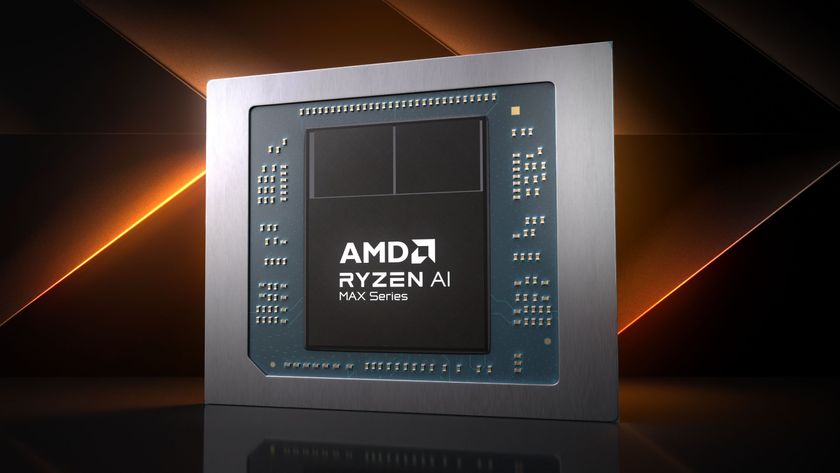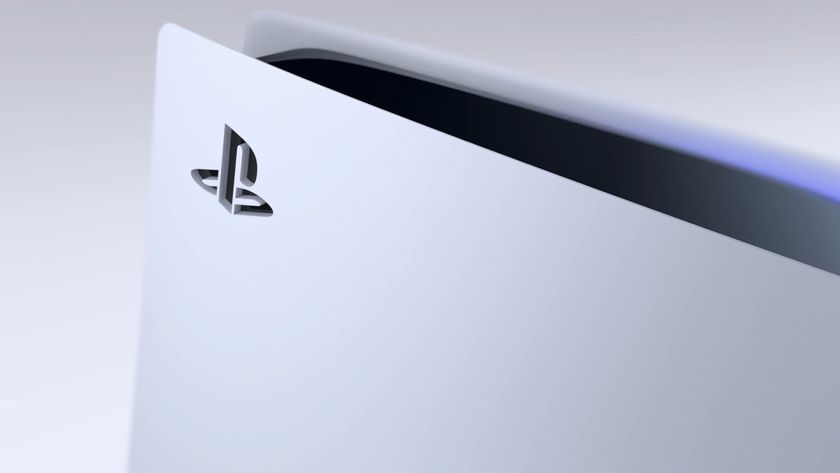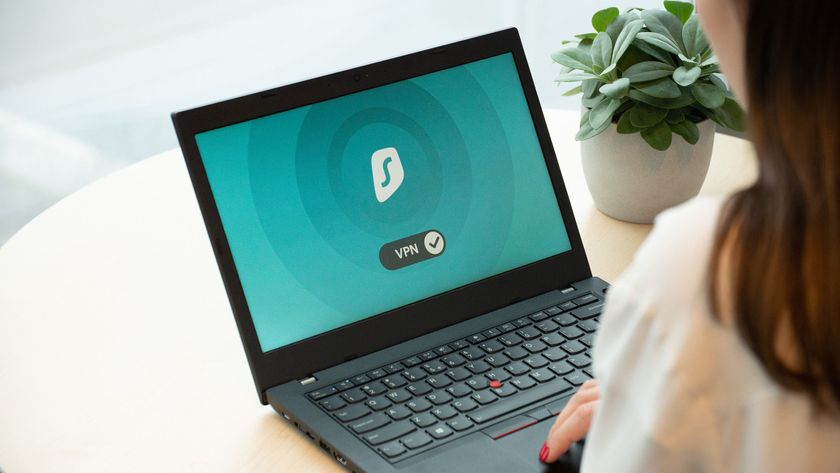Nokia Lumia 530 vs Moto E vs EE Kestrel vs Vodafone Smart 4 Mini
It's a budget blower showdown
Operating system
The Nokia Lumia 530 is the only non-Android handset in this roundup, appearing with Microsoft's latest mobile platform Windows Phone 8.1.
This update brings lots of useful features to the OS, including a notification bar and quick settings, but it still lags behind Android when it comes to apps and functionality.
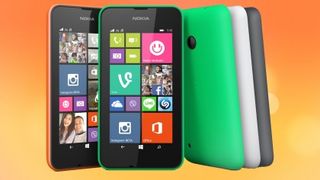
For the Android purists out there you'll want to be checking out the Motorola Moto E which is running an almost stock version of Android 4.4 KitKat.
Both the Vodafone Smart 4 Mini and EE Kestrel sport skinned versions of the older Android Jelly Bean software.
Camera
We're a little disappointed to see the Lumia 530 sticking to the same camera setup as the Lumia 520 - there's no front facing option and round the back you're left with a 5MP snapper and no flash.
It's hardly disastrous news as many phones at this end of the market have only basic camera offerings - the Smart 4 Mini can only muster a 3.15MP offering on its rear (again with no flash and no front lens).
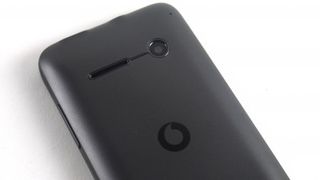
The Moto E mirrors the Lumia 530 with a sole 5MP lens on the back, while the EE Kestrel boasts a flash next to the 5MP snapper, plus there's 1MP camera on the front.
Get daily insight, inspiration and deals in your inbox
Sign up for breaking news, reviews, opinion, top tech deals, and more.
Battery
Low-cost Nokia phones have tended to fare well in the battery life department in the past, so we have high hopes for the Lumia 530 and its removable 1430mAh juice pack.
It's a touch larger than the removable 1400mAh power pack in the Vodafone Smart 4 Mini which gave us a decent amount of life on a single charge, but both are dwarfed by the 1980mAh (non-removable) offering in the Moto E.
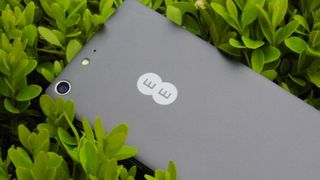
The EE Kestrel again trumps the competition here (but remember it is the most expensive and largest handset in this comparison) with a non-removable 2000mAh juice pack.
Connectivity
There's only one smartphone which can provide you with superfast 4G speeds here - the EE Kestrel. If you pick up any of the others you'll have to make do with 3G data speeds.
This isn't a huge issue at the bottom of the market and 3G is still good enough for you to download apps and post updates to social media.
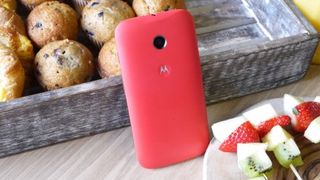
All four handsets have microSD slots allowing you to expand on the internal storage - which is especially handy on the Smart 4 Mini, Moto E and Lumia 530 which only have 4GB inside. The Kestrel has 8GB.
Bluetooth 4.0, Wi-Fi and GPS are present on all the handsets, so you'll be well connected whichever one you plump for.
Early verdict
We're spoilt for choice at the bottom end of the mobile market these days and it's actually very difficult to find a bad handset.
For less than £100 there are some seriously impressive devices on offer and a quick glance through this versus piece shows you that these are well equipped mobiles capable of giving you a decent smartphone experience.
If you're looking for a simple, first time smartphone experience than the easy to use Windows Phone interface on the Lumia 530 is a winner.
For those looking to harness the power of Android and the whole host of apps its offers both the Moto E and EE Kestrel are the handsets to consider - although if you're not fussed about 4G save yourself some money and plump for the E.
That's not to say the Smart 4 Mini is not worth considering - at £50 it's perfect if you're on a tight budget and can't stretch to the others highlighted here.

TechRadar's former Global Managing Editor, John has been a technology journalist for more than a decade, and over the years has built up a vast knowledge of the tech industry. He’s interviewed CEOs from some of the world’s biggest tech firms, visited their HQs, and appeared on live TV and radio, including Sky News, BBC News, BBC World News, Al Jazeera, LBC, and BBC Radio 4.
